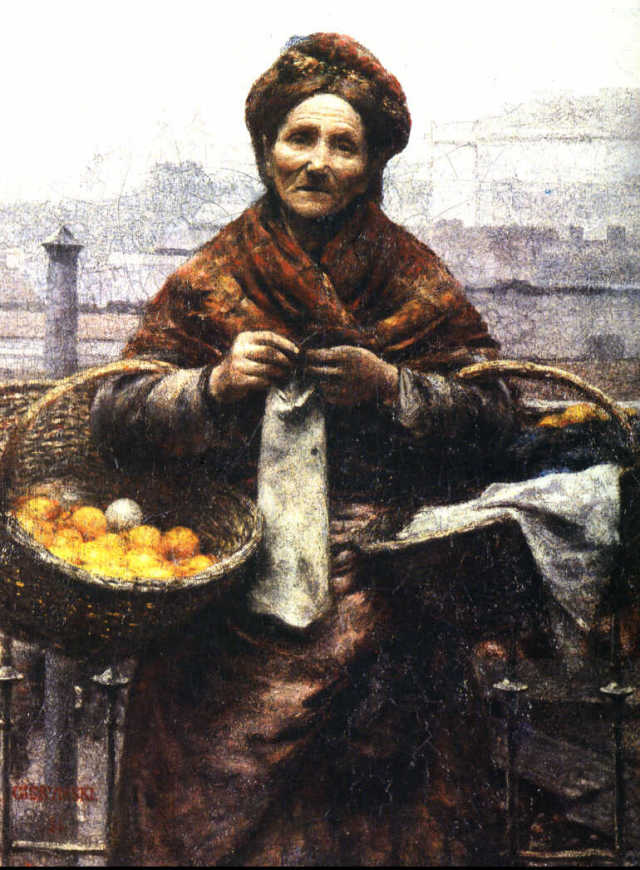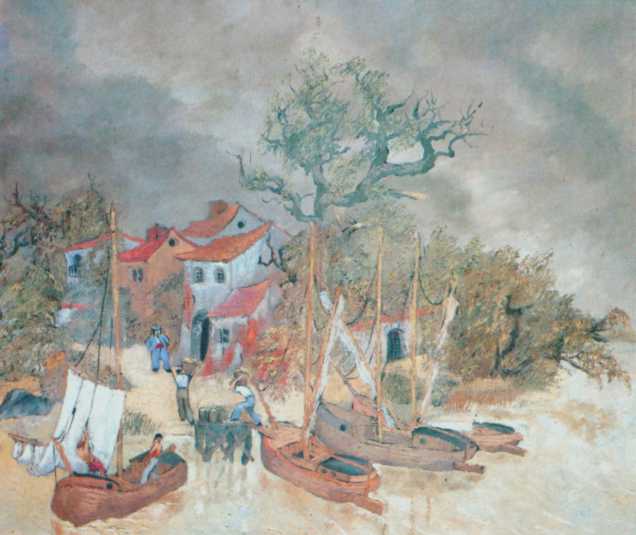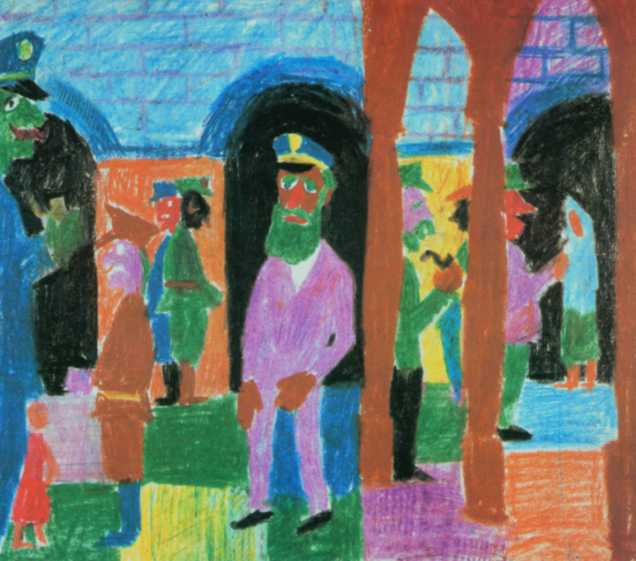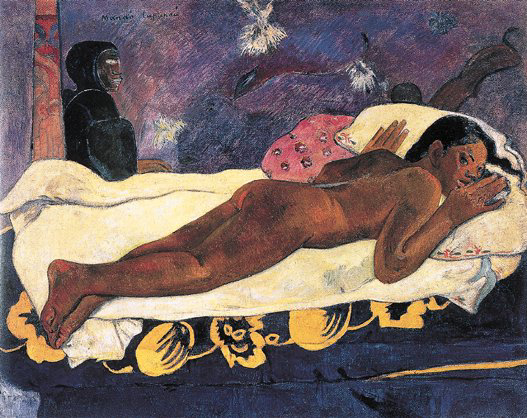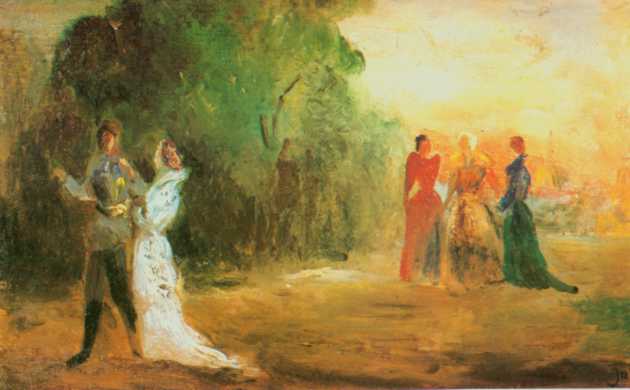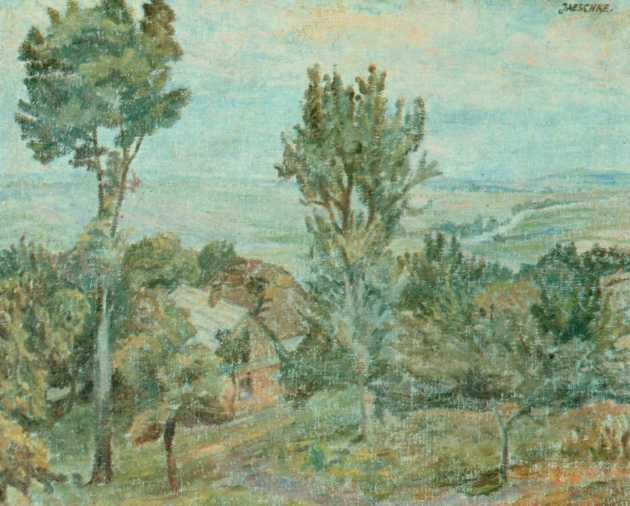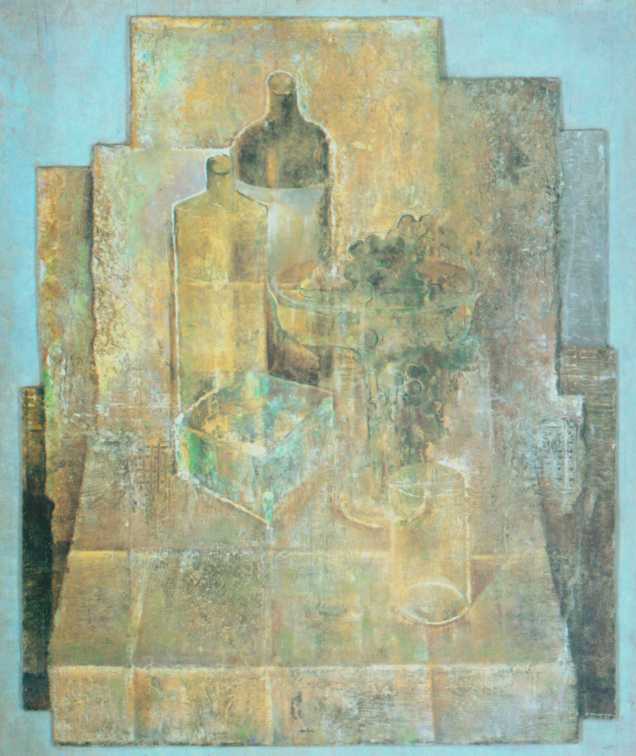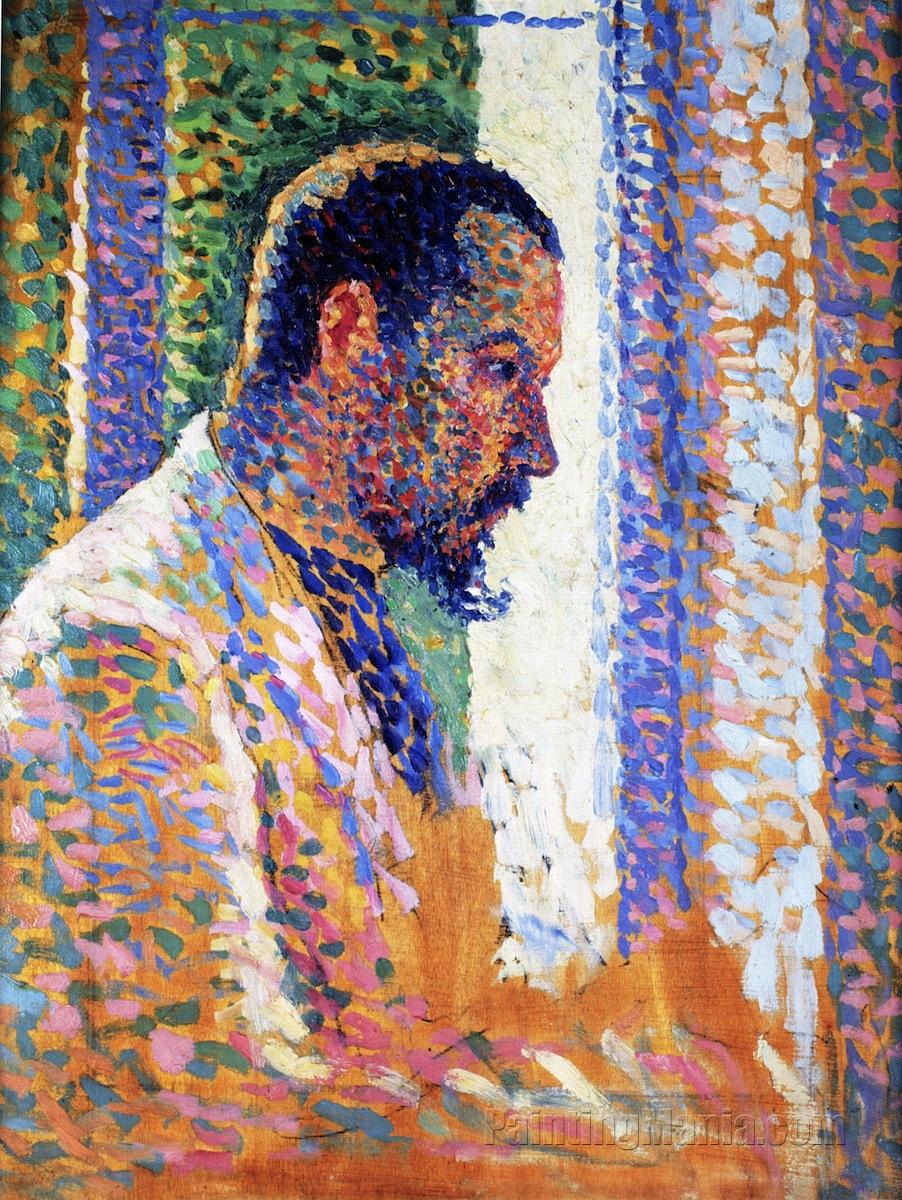 PAUL SIGNAC (1863—1935)
PAUL SIGNAC (1863—1935)
Born in Paris. From an early age, he devoted himself to painting. He did not pursue academic studies. He was under a strong impressionist spell, especially Monet. He exhibited for the first time in May 1884 r. at the 1st Independent Salon. Tam knows Seurat, who exhibits his first great composition Swimming. A similar direction of research contributes to the establishment of close cooperation and imminent friendship between the two artists. They both strove to systematize and develop the color assumptions of impressionism. They tried to use the opportunities methodically, the combination of contrasting colors on a small surface to increase the color value of the picture. They both finally studied the achievements of modern science in the field of optics and color theory.
Henri - Edmond Cross also exhibit at the 1st Independent Salon (1856—1910), Charles Angrancl (1854—1926). in Albert Dubois-Pillet (1845—1890), whose analogous tendencies bring us closer to Signac and Seurat. In June 1884 r., on the initiative of mainly Seurat and Signac, powstaje Society of Independent Artists pod przewodnictwem Redona. W 1885 r. Signac poznaje Pissarra, who joins the new group, attracting his son Lucien. W 1886 r. all supporters of the new direction exhibit at the 2nd Independent Salon. During the last Impressionist exhibition in May – june 1886 r. as a result of Signac and Seurat's participation, Monet withdraws, Renoir i Sisley, marking the divergence of the paths of the older and younger generations, "Romantic Impressionists” and "scientific impressionists”, as defined by Pissarr. W r. 1886 Félix Fénéon's brochure is published The Impressionists in 1886, in which he gives an exposition of assumptions and an apology for a new direction. .
In years 1884-1886 a fine texture is developed that is characteristic of neo-impressionists, separate brush strokes, which also came to be known as pointillists (scorers). It is applied in accordance with the principle of divisionism, tj. dividing a color spot into its individual components, so that they blend in with the viewer's eye.
In February 1887 r. Signac and Seurat take part in the exhibition of group XX in Brussels, as a result of which Henry van de Velde and Théo van Rysselberghe join neo-impressionism. New supporters in France and Italy also join.
Signac was the group's animator and theorist, which also after Seurat's premature death (1891) and Pissarra's removal was its leader and most faithful participant. In the years 1888—89, neo-impressionism gathered the largest number of adherents. This is the period of the Impressionists' distraction as an artistic group, and at the same time a period of searching for a way out of impressionism, taken in parallel from different positions. During this time, the classic style of Cézannea is formed. van Gogh's expressive painting develops, there are synthetic searches for Gauguin and Emil Bernard. Of all these forms of reaction to Impressionism, only the neo-impressionists formed a compact group and developed a rigorous doctrine.. This direction revealed the pursuit of painting discipline and compositional and color rigors., relaxed during the Impressionist period, expressed faith in the possibility of codifying painting with the help of the achievements of exact sciences, he searched for classical order and order in the art of the late nineteenth century. The attractiveness of neo-impressionism and the extent of its impact on modern painting is evidenced by the fact that, that both the nestor of Impressionism Pissarro joined the group of Seurat and Signac for a time, as well as van Gogli, Gauguin and Toulouse-Lautrec succumbed in the years 1888 — 89 influence lego direction; also Sćrusier, Denis, The Vuillard used the technique of divisionism in 1890-91.. A few years later, neo-impressionism influenced Matisse's work., and to some extent his debtors were also the Cubists..
The basic work codifying the aesthetics and painting technique of neo-impressionism and deriving its genealogy is the booklet Signaca dEugène Delacroix au néoimpressionnisme, published in 1899 r. We have published above extensive excerpts of it, containing a lecture on the essence of divisionism – the main painting principle of neo-impressionists and the artist's memories of the beginnings of a new grouping.
